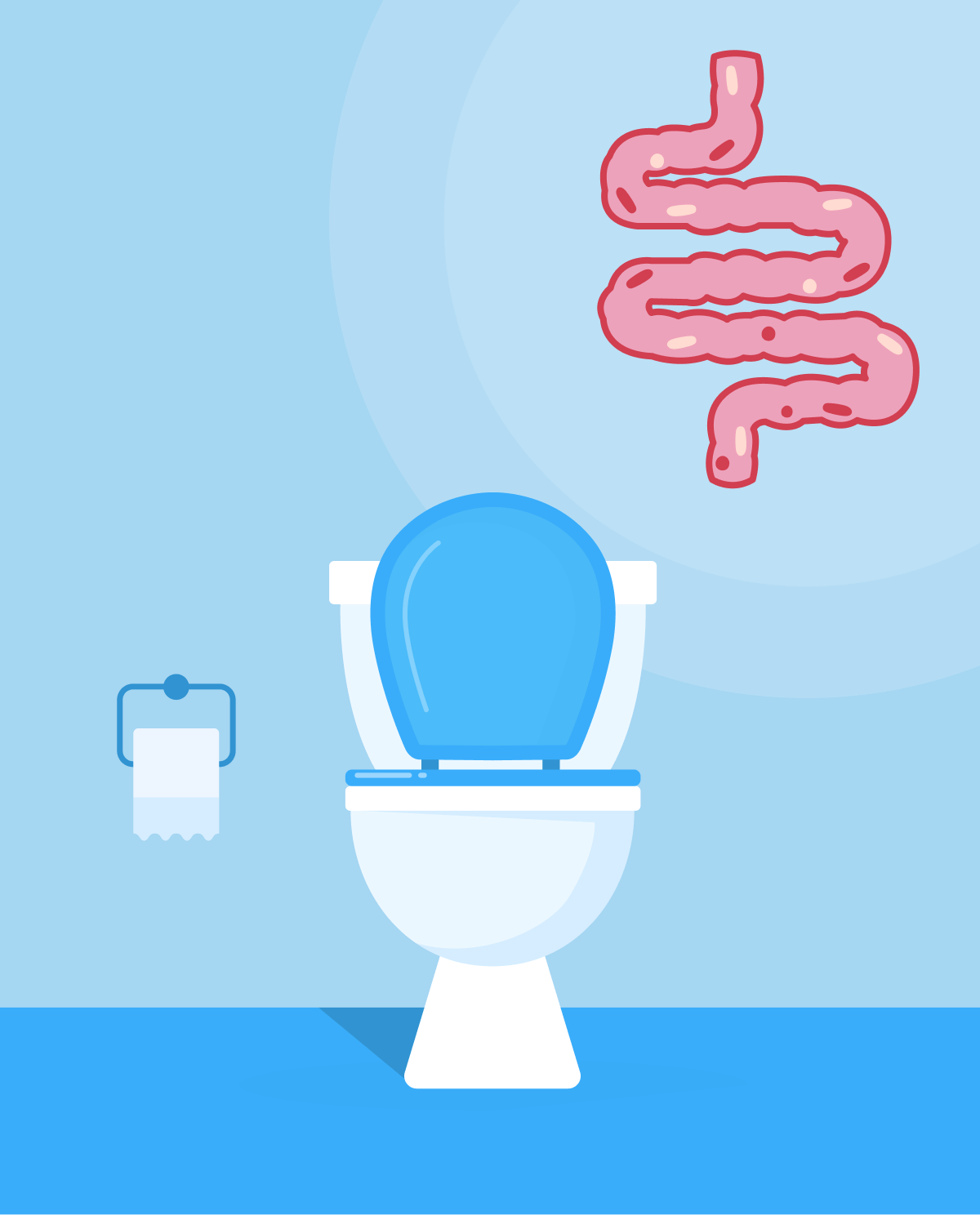1. Size
10 to 20 cm (4 to 8 inches) is considered the norm although smaller stools can occur.
2. Duration
It should only take a few minutes for the defecation process, certainly not more than 10 minutes. The process should be painless. But if straining or pain occurs, constipation could be the cause.
3. Timing
In most people, defecation occurs after waking up but there is nothing wrong with having bowel movements at other times of the day.
4. Frequency of bowel movements
Normal bowel movements range from 3 times a week to 3 times a day. The deciding factor of healthy bowel movements is described as painless transition of stool without any strain.
5. Smell
A taboo subject in most patients. Of course, stool isn’t supposed to smell like a bed of roses but if the smell is stronger than usual, it could mean a variety of causes from changes in dietary habits, infection, underlying medical conditions, or food intolerance.
6. Sinker or floater
Most stools sink but if it happens that some float, it isn’t something alarming. On one hand, it could be due to excess gas from eating beans or artificial sweeteners. On the other hand, if they appear consistently, it can indicate an infection, food intolerance, or some type of digestive disorder. Contact your primary care physician if it occurs constantly.
7. Shape
A lot of different expressions are used by patients to describe the shape of their stools but the most accurate would be a "long cylinders" or "stool logs".
8. Firmness
Ideally, the stool should be between firm and soft meaning it shouldn’t be hard to squeeze out.
9. Color
A normal stool should be in the brown spectrum. Stool color is mostly influenced by what we consume (food, medication, and beverages) but it is also affected by bile and bilirubin content which mix with food during digestion. Bile is a yellowish green fluid made by the liver and stored within the gallbladder. Its primary function is to aid in various steps of digestion and excretion of wastes. Bilirubin, a yellowish pigment made during the normal breakdown of red blood cells is excreted as waste. It should be noted that other stool colors can be encountered in the toilet:
- greenish: completely normal occurrence if your diet is high in leafy greens or could be caused by the rapid passage of food in the digestive tract,
- black: iron supplementation or bismuth-based medication. If none of the medications are taken, it could indicate upper gastro-intestinal bleeding thus an appointment with your primary care physician should be made,
- red: tomato juice, beets, and cranberries incorporated into the diet could induce red-colored stool. It should be noted that red streaks or red spots on the stool could indicate bleeding in the colon thus an appointment should be made with your primary care physician,
- yellow: during a weekend binge high in greasy/fatty food this can be a normal occurrence. But note that it could also be a sign of malabsorption which occurs when the intestinal lining isn’t able to properly absorb nutrients thus contact your primary care physician if it becomes more frequent despite being under normal dietary settings,
- pale or white: it could indicate that the body isn’t properly dispensing bile due to infection, blockade, and so on. It could indicate disease of the liver, pancreas, or gallbladder thus contact your primary care physician.
10. Types of stools
The Bristol stool chart is a great tool to use when describing your stools in a more professional way to your primary care physician. The chart classifies stool into 7 groups:
- Group 1: separate hard lumps resembling nuts. They are hard to pass,
- Group 2: lumpy sausage shape stool,
- Group 3: sausage shape with cracks on the surface,
- Group 4: sausage shape, smooth,
- Group 5: soft blobs, easy passage,
- Group 6: mushy blobs resembling porridge,
- Group 7: pure liquid resembling gravy.
Group 1-2 indicate constipation which could be due to dietary habits, lack of exercise, or some hormonal changes.
Group 3-4 indicate ideal stools.
Group 5-7 indicate diarrhea. It may be caused by low fiber contents if it resembles type 5 but if it is chronic, it could be caused by food poisoning, food intolerance, or other illnesses thus if it persists contact your primary care physician.
- https://www.continence.org.au/pages/bristol-stool-chart.html
- https://www.ncbi.nlm.nih.gov/pubmed/25099542
- https://www.eatright.org/food/vitamins-and-supplements/types-of-vitamins-and-nutrients/easy-ways-to-boost-fiber-in-your-daily-diet
- https://www.apa.org/topics/stress/body
- https://www.niddk.nih.gov/health-information/digestive-diseases/digestive-system-how-it-works
- https://my.clevelandclinic.org/health/diseases/17791-frequent-bowel-movements








